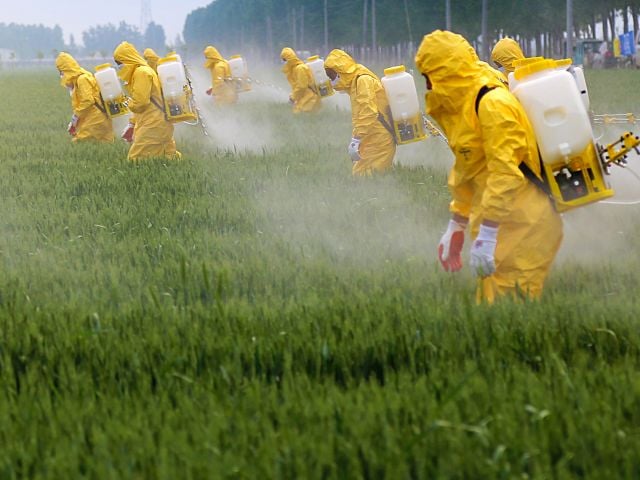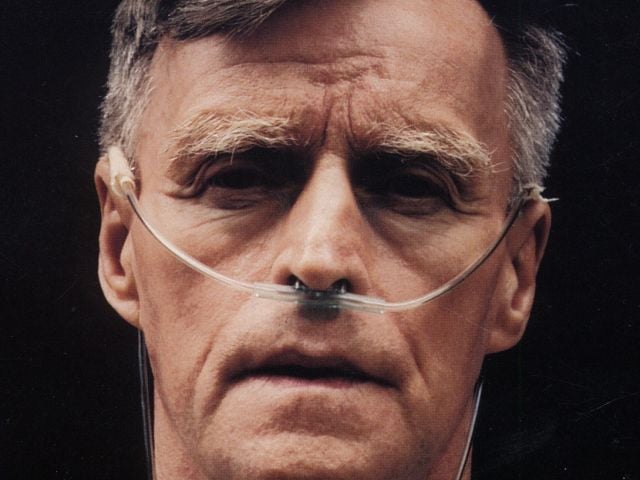EWG Comments to FDA on Nano-Scale Ingredients in Cosmetics
EWG submits comments to FDA on the need for a public process to identify and evaluate the safety of nanomaterials in cosmetics. Recommendations to FDA include the need to identify nano-scale materials...















